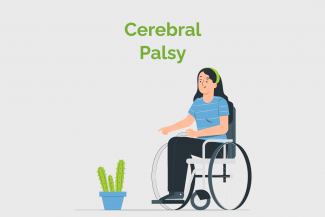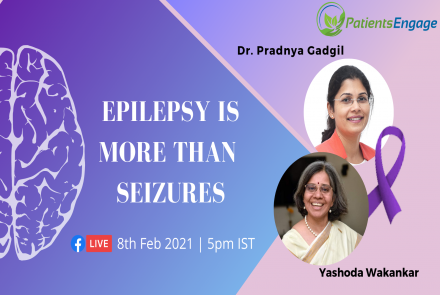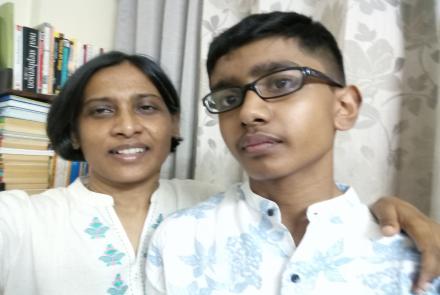Cerebral Palsy is a birth-related disorder that affects the brain and nervous system. The nerve damage causes difficulties in the child’s movement, coordination, posture and ability to walk. It can also affect speech, cognitive ability, vision, and cause epilepsy.
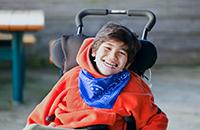
Cerebral palsy is a neurological disorder, which impairs movement and coordination. It is caused by abnormality or damage to the part of the brain – the cerebral cortex - that controls movement. It can be congenital or acquired early in life. It is non-progressive and does not worsen over time.
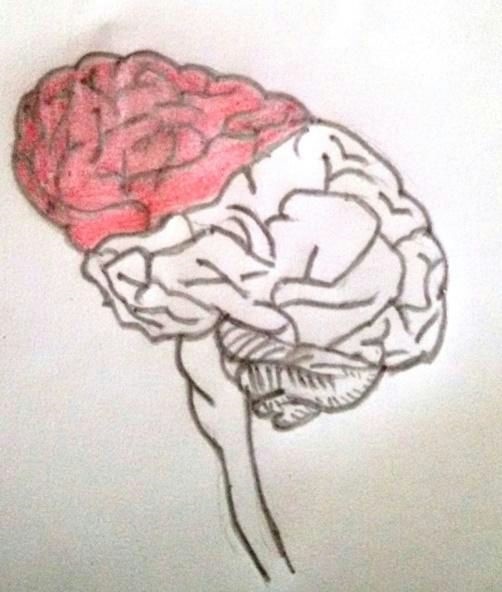
Part of the brain affected in cerebral palsy
When does this damage to the brain occur?
Damage that causes cerebral palsy can occur:
- Before birth
- During birth
- Within a month after birth
- During the first year of the child’s life while the brain is still developing
Changed
04/Nov/2017
Community
Condition

